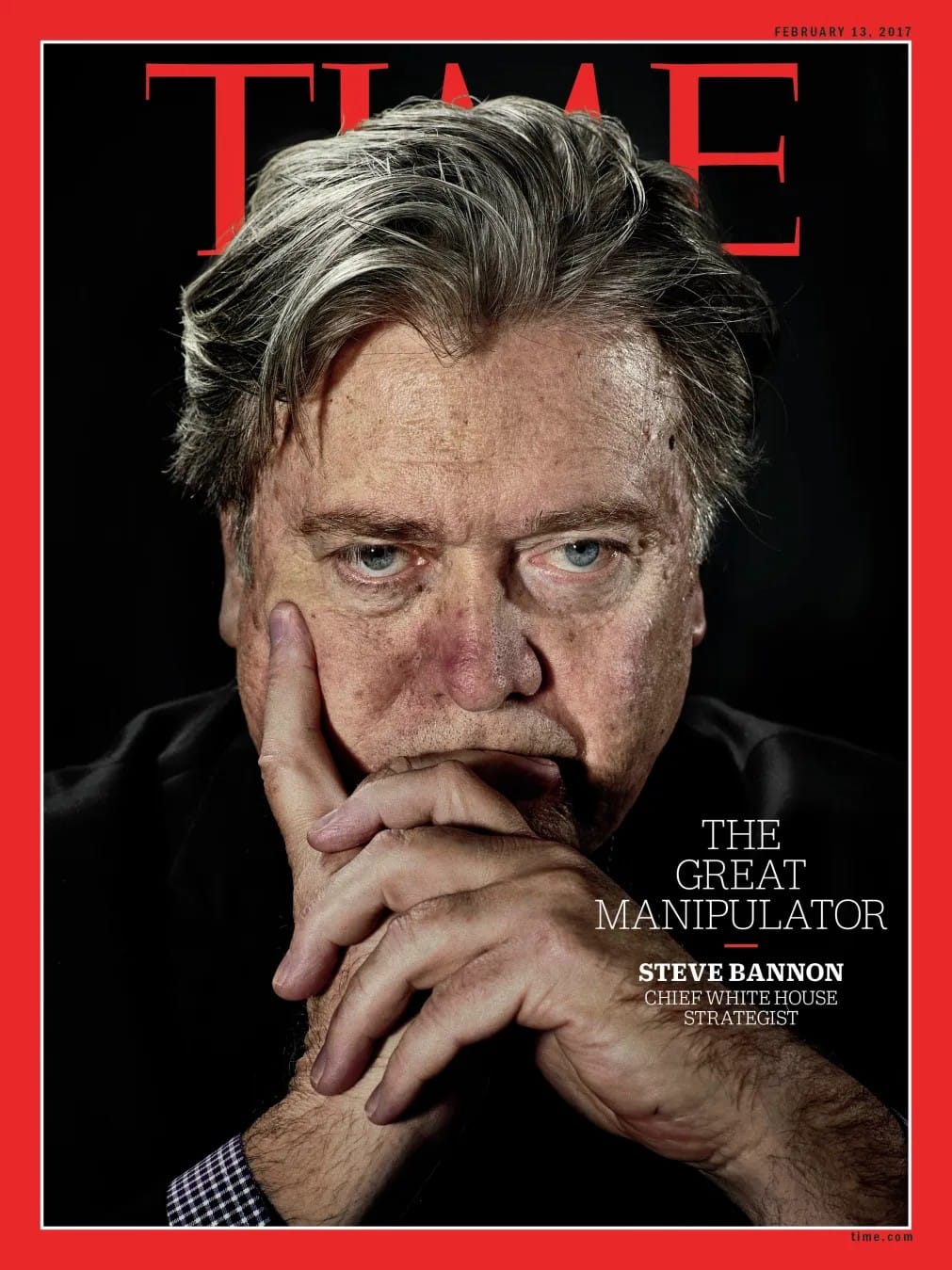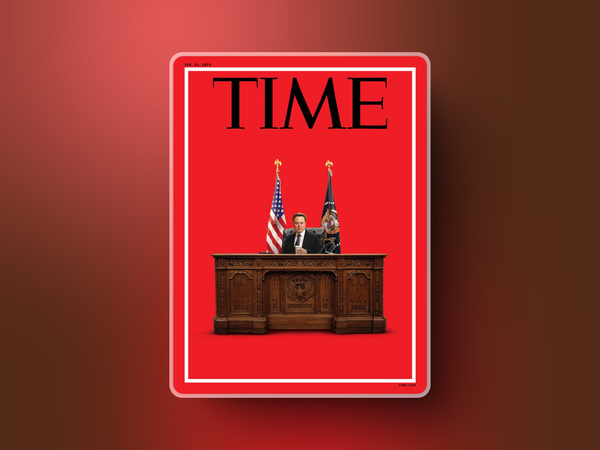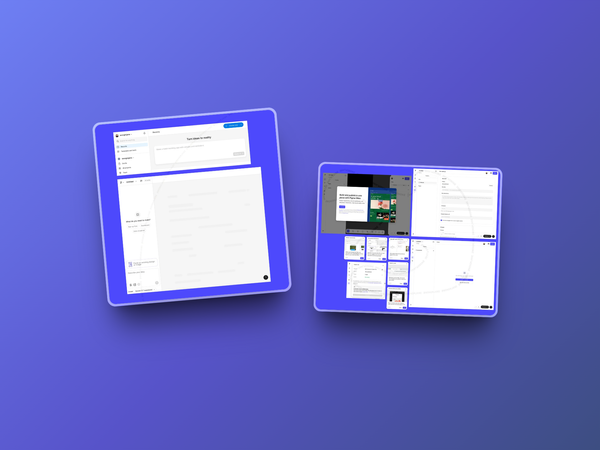Time Magazine’s latest cover featuring Elon Musk behind the Resolute Desk isn’t just another high-profile portrait.
It’s a calculated visual statement about power, influence, and the way media shapes perception.
Musk, a private citizen, has been placed in one of the most symbolically powerful positions in American politics. The desk has seated presidents, signed legislation, and seen history unfold.
So why put Musk there?
The answer isn’t subtle—Time wants to highlight the billionaire’s growing entanglement with politics, particularly within the Trump administration.
The design does exactly what a strong editorial cover should: frame the conversation before a single word is read.
The Visual Language of Authority
Time could have gone for something more exaggerated—maybe Musk looming over Washington, or something with an AI-driven dystopian vibe.
Instead, the cover’s power comes from its restraint. The colors are muted, the composition is simple, and Musk’s expression is serious.
The image doesn’t scream controversy, but it doesn’t need to. The setting alone tells the story. This is a classic editorial move.
Think back to Time’s 2017 cover of Steve Bannon, where he was ominously labeled The Great Manipulator, or their covers of Trump, where subtle design choices (like melting graphics or ominous red backdrops) did a lot of heavy lifting.

Here, Musk is being framed as the guy behind the desk, a nod to his real-world influence over federal agencies and policy.
It’s a far cry from the aspirational Person of the Year cover he got in 2021. That one painted him as a disruptor, a visionary.
This one?
It places him firmly in the political sphere, whether he wants to be seen that way or not.
Musk as the Political Disruptor
The cover accompanies Time’s deep dive into Musk’s influence within the Trump administration, particularly his role in downsizing government agencies.
The visual choice backs this up, positioning him as someone not just adjacent to power but embedded within it.
Editorial design thrives on these little visual cues. It’s not just about making Musk look presidential—it’s about making the audience ask, Why is he sitting there? Should he be?
Compare this to how media covers other powerful figures in business and politics. Jeff Bezos and Mark Zuckerberg often get covers that focus on their tech empire status, with AI or commerce themes.
Musk, on the other hand, is shown in direct proximity to political power, and that’s where the controversy comes in.
Good design doesn’t just illustrate a story; it becomes the story. This cover does exactly that. It’s provocative but not over-the-top.
It doesn’t explicitly state whether Musk’s role in government is good or bad—it just suggests that it’s something worth paying attention to.
And that’s the trick with a cover like this. It makes you think about Musk’s place in politics before you even turn the page.
That’s the power of a well-designed editorial image: it forces the conversation before the article even begins.










